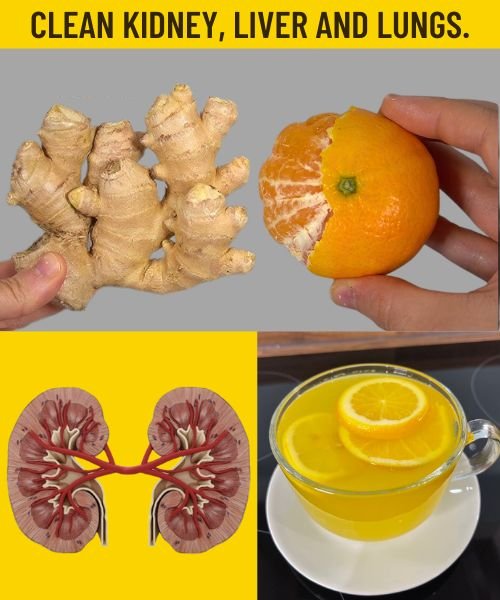Roses have long been celebrated for their beauty and fragrance, gracing gardens and bouquets around the world. While most people are familiar with the allure of roses, many are unaware of the crucial role that pruning plays in maintaining their health and vitality. Pruning is not just a cosmetic task; it is an essential practice that can significantly influence the growth and bloom of rose plants.
Understanding the importance of pruning can transform the way you care for your roses, leading to more vibrant blooms and healthier plants. This article delves into the reasons why pruning is so vital, exploring the science behind it, the best techniques to use, and the common mistakes to avoid. Whether you’re a seasoned gardener or a novice, learning about the art and science of pruning can enhance your rose-growing experience.
1. The Basics of Rose Care
Caring for roses involves more than just watering and fertilizing. It requires a comprehensive approach that includes proper planting, soil management, and pest control. Roses thrive in well-drained soil with a pH level between 6.0 and 6.8. It’s important to plant them in a location that receives at least six hours of sunlight daily.
Regular watering is crucial, especially during dry spells, but it’s equally important to avoid overwatering, which can lead to root rot. Fertilizing roses with a balanced fertilizer every 4-6 weeks during the growing season can promote healthy growth and blooms. Additionally, mulching around the base of the plant helps retain moisture and suppress weeds.
2. Why Pruning is Essential for Healthy Roses
Pruning is essential for maintaining the health of rose plants. It helps remove dead or diseased wood, encourages new growth, and improves air circulation within the plant. This process reduces the risk of fungal diseases and pest infestations.
By cutting back old canes and crossing branches, you allow more sunlight to penetrate the plant, which is vital for photosynthesis and overall plant vigor. Pruning also stimulates the production of new flowering stems, leading to more abundant and larger blooms.
3. The Science Behind Pruning: How It Affects Growth
Pruning affects the growth of roses by redirecting the plant’s energy. When you prune, you remove parts of the plant that are not contributing to its health or productivity. This allows the plant to focus its resources on developing strong, healthy canes and producing vibrant flowers.
Pruning also stimulates the production of growth hormones such as auxins and cytokinins, which promote cell division and elongation. This results in more robust growth and an increase in the number of blooms. By understanding the hormonal responses triggered by pruning, gardeners can optimize their pruning techniques to achieve the best results.
4. Timing is Everything: When to Prune Your Roses
The timing of pruning is crucial for the health and productivity of rose plants. In general, roses should be pruned in late winter or early spring, just as the buds begin to swell. This timing allows the plant to recover quickly and take advantage of the growing season.
However, the exact timing can vary depending on the climate and the type of rose. In warmer climates, pruning may occur earlier, while in colder regions, it may be delayed until the threat of frost has passed. Understanding the specific needs of your rose variety and local climate conditions is key to successful pruning.
5. Tools of the Trade: Essential Pruning Equipment
Having the right tools is essential for effective pruning. A pair of sharp, clean bypass pruners is a must-have for cutting through rose canes without crushing them. For thicker canes, a pair of loppers or a pruning saw may be necessary.
It’s important to keep your tools clean and sharp to prevent the spread of disease and ensure clean cuts. Disinfecting your tools with a solution of one part bleach to nine parts water between uses can help prevent the transmission of pathogens. Wearing gloves and protective clothing can also protect you from thorns and potential injuries.
6. Step-by-Step Guide to Pruning Roses
Pruning roses involves several steps to ensure the health and productivity of the plant. Begin by removing any dead, damaged, or diseased wood. Cut back to healthy wood, making clean cuts at a 45-degree angle about 1/4 inch above an outward-facing bud.
Next, remove any crossing or inward-growing branches to improve air circulation. Thin out the center of the plant to allow light to reach all parts of the rose. Finally, shape the plant by cutting back the remaining canes to the desired height, typically 12-24 inches from the ground, depending on the rose variety.
7. Common Mistakes to Avoid When Pruning
One common mistake is pruning at the wrong time, which can lead to reduced blooms or plant stress. Another mistake is cutting too close to the bud, which can damage it and hinder new growth.
Using dull or dirty tools can crush the canes and introduce disease. It’s also important not to remove too much of the plant at once, as this can weaken the rose and reduce its ability to produce flowers. Aim to remove no more than one-third of the plant’s total growth during any pruning session.
8. Viral Pruning Hacks: Do They Really Work?
With the rise of social media, many pruning hacks have gone viral, promising quick and easy solutions for rose care. While some of these tips may have merit, others can be misleading or even harmful.
For example, some hacks suggest using household items like vinegar or baking soda as pruning aids, but these can alter the soil pH and harm the plant. It’s important to rely on proven horticultural practices and consult reputable sources when considering new techniques.
9. The Impact of Pruning on Bloom Quality and Quantity
Pruning directly influences the quality and quantity of rose blooms. By removing old and unproductive canes, you encourage the growth of new flowering stems that produce larger and more vibrant blooms.
Proper pruning also ensures that the plant’s energy is directed towards producing flowers rather than maintaining excessive foliage. This results in a more prolific display of blooms throughout the growing season, enhancing the overall beauty of the rose plant.
10. Pruning for Pest and Disease Prevention
Pruning plays a critical role in preventing pests and diseases in rose plants. By removing dead and diseased wood, you eliminate potential breeding grounds for pests and pathogens.
Improving air circulation through strategic pruning reduces the likelihood of fungal infections such as black spot and powdery mildew. Regular pruning also allows for easier inspection and early detection of any pest or disease issues, enabling prompt intervention and treatment.
11. How Pruning Affects Rose Longevity
Regular pruning can significantly extend the lifespan of rose plants. By maintaining a healthy structure and removing weak or damaged growth, you promote the overall vitality of the plant.
Pruning encourages the development of strong, healthy canes that can support abundant blooms year after year. With proper care and consistent pruning, rose plants can thrive for decades, providing beauty and enjoyment for generations.



